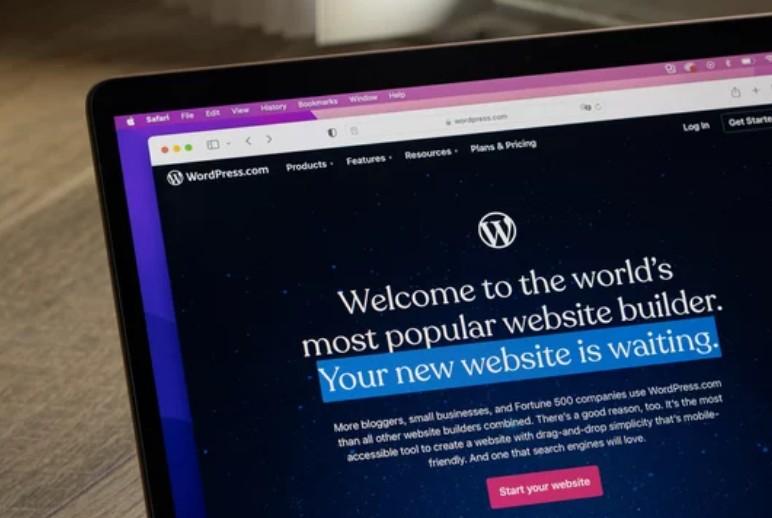WordPress is a powerhouse for website creation, but a theme’s true potential shines through smart customization and optimization. Whether you’re a web designer or partnering with web design services, these steps ensure a site that’s both beautiful and blazing fast.
Let’s break it down.
What’s a WordPress Theme?
A theme shapes your site’s visual identity—layouts, colors, fonts, and more. Some are minimal and efficient; others are loaded with features you might not need.
The catch? A heavy theme can slow your site or limit design flexibility. Choosing the right theme and tweaking it properly is key to a high-performing site.
Step 1: Pick a Lean Theme
Your theme sets the stage for speed. A bloated theme with extras like animations or sliders can weigh your site down, even with top-notch hosting.
Choose themes with:
- Clean, streamlined code
- Minimal built-in plugins
- Fast demo load times
- Simple, customizable design
Themes like Hello Elementor, Neve, or GeneratePress are built for speed and flexibility.
Step 2: Customize with Focus
Customization lets you create a unique site, but too many changes can hurt performance.
Prioritize:
- Colors and typography: Use a cohesive look with one or two fonts.
- Layout tweaks: Stick to theme options to avoid heavy page builders.
- Header/footer: Include only essentials like logos and menus.
- Homepage: Design for user goals, not visual flair.
When working with a web designer, avoid vague terms like “make it stand out.” Be clear about what your site needs to do.
Step 3: Trim Unneeded Features
Themes often include extras like portfolio grids or testimonial sliders. If they’re not essential, disable or remove them to reduce code.
Same for plugins—use only what’s necessary. A lighter site loads faster.
Step 4: Optimize for Mobile
With mobile users driving most traffic, your theme must perform flawlessly on phones.
Check:
- Responsive navigation menus
- Tap-friendly buttons
- Clear, readable text
- Quick load times on mobile networks
Web design services should prioritize mobile-first design, but always test their work.
Step 5: Accelerate Performance
A fast site keeps users happy and boosts SEO. Use these proven tactics:
- Caching: Plugins like LiteSpeed Cache or WP Rocket pre-build pages for faster delivery.
- Image optimization: Compress files with tools like Imagify or ShortPixel without quality loss.
- Reduce scripts: Limit external fonts, trackers, or embeds.
- CDN: BunnyCDN or Cloudflare serves content from nearby servers.
- Minify code: Shrink CSS and JavaScript with plugins or manual edits.
Step 6: Track and Improve
Don’t guess about performance—measure it with tools like:
- Pingdom Tools
- Google PageSpeed Insights
- WebPageTest
Monitor metrics like:
- First contentful paint (FCP)
- Time to interactive (TTI)
- Total page size
- HTTP request count
Small tweaks, like optimizing an image, can yield significant speed gains.
Step 7: Keep Themes Focused
A theme should be the core, not the whole system. Use plugins for specific tasks:
- Forms (e.g., Gravity Forms)
- E-commerce (e.g., Easy Digital Downloads)
- SEO (e.g., Rank Math)
This modular setup keeps your site flexible and easier to update.
When to Call in Experts
If your site’s sluggish or doesn’t look right, a Singapore website designer can step in. They can:
- Create child themes to protect customizations
- Remove unused code
- Optimize without breaking functionality
- Ensure SEO and speed are solid
Choose web design services that value performance as much as aesthetics.
Final Take
WordPress themes can make or break your site. Select a lightweight theme, customize thoughtfully, and prioritize speed. A fast, user-friendly site always trumps a slow, flashy one. Test regularly, streamline where possible, and get help when needed.

